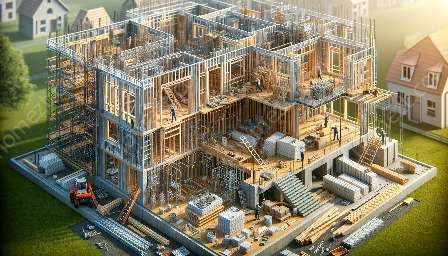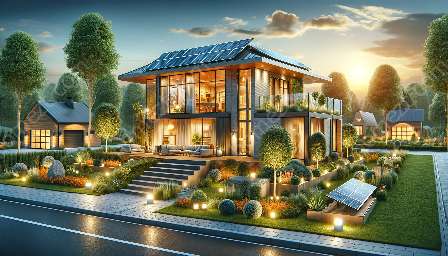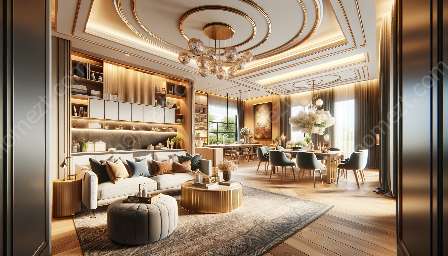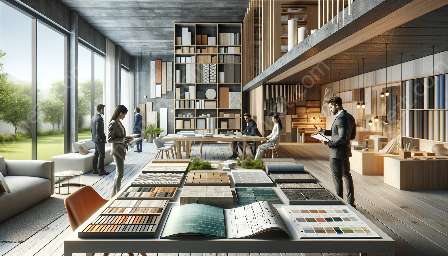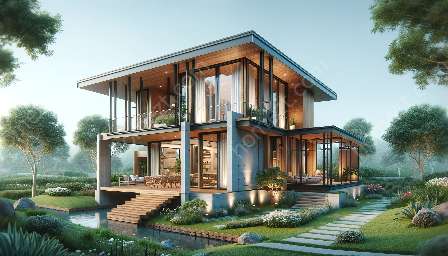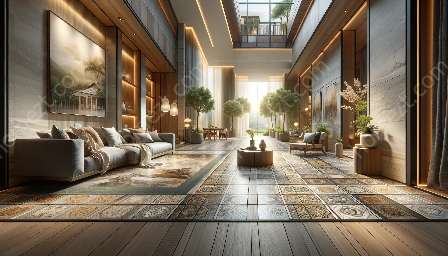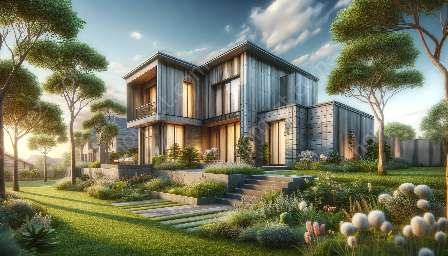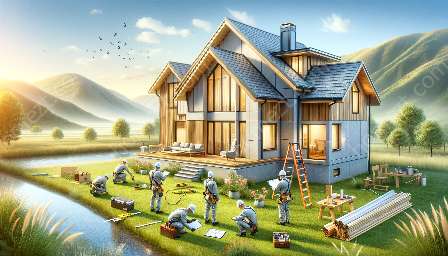When it comes to building or renovating a home, exterior siding and cladding play a crucial role in providing protection and enhancing the overall aesthetics. This comprehensive guide will help home builders and homeowners understand the importance of choosing the right siding and cladding materials, along with their benefits and installation processes.
The Importance of Exterior Siding and Cladding
Exterior siding and cladding serve as the first line of defense against the elements, such as rain, wind, snow, and sunlight. They also contribute to the insulation and energy efficiency of a home, making them essential components of the building envelope. Additionally, the visual impact of siding and cladding can greatly influence a home's curb appeal and value.
Types of Siding Materials
There are various options for siding materials, each with its own unique properties and aesthetic appeal. Common types include:
- Vinyl Siding: Known for its durability, low maintenance, and wide range of colors and textures.
- Fiber Cement Siding: Resistant to rot, fire, and pests, and available in styles that mimic wood or stucco.
- Wood Siding: Offers a natural and timeless look, with options such as cedar, pine, and redwood.
- Engineered Wood Siding: Combines wood fibers and resins for enhanced durability and stability.
- Metal Siding: Provides strength, longevity, and modern design possibilities.
Benefits of Each Material
It's essential to consider the specific benefits of each siding material when choosing the right option for a home. For example:
- Vinyl Siding is known for its low cost, ease of installation, and resistance to moisture and insects.
- Fiber Cement Siding offers exceptional durability, fire resistance, and minimal maintenance requirements.
- Wood Siding provides a natural and traditional appearance, with the ability to be painted or stained in various colors.
- Engineered Wood Siding combines the aesthetics of wood with improved resistance to rot, termites, and moisture.
- Metal Siding is highly durable, low-maintenance, and available in a wide range of colors and finishes.
Considerations for Cladding
Cladding serves as an additional layer of protection and aesthetic enhancement for a home's exterior. Common cladding materials include stone, brick, stucco, and metal panels. Each material offers unique visual appeal and performance characteristics, along with considerations for installation and maintenance.
Installation and Maintenance
Proper installation of exterior siding and cladding is crucial for ensuring durability and optimal performance. Home builders should follow manufacturer guidelines and best practices to prevent issues such as moisture penetration, warping, or premature wear. Additionally, regular maintenance, such as cleaning and inspections, will help prolong the lifespan of siding and cladding materials.
Enhancing Your Home's Exterior
By carefully selecting the right combination of exterior siding and cladding materials, home builders and homeowners can create a beautiful, durable, and energy-efficient exterior for their homes. Consulting with professionals and considering long-term performance and aesthetic goals will result in a rewarding investment in the overall value and appeal of a home.



